(November 1, 2022) Sanjeev Sanyal leads quite an unstructured life, devoid of a fixed routine or weekends. Some days are full of meetings, other days have public events lined up and there is travel across India, sometimes abroad. A handful of quiet days allow him to sit down with his books. For someone like Sanyal — who spent over two decades in international financial markets — high stress and working long hours in an environment which is always volatile, are a way of life. “But that is the nature of financial markets,” he says, offering a glimpse into his role as a Member of the Prime Minister’s Economic Advisory Council. [caption id="attachment_31210" align="aligncenter" width="949"] Sanjeev Sanyal[/caption] “It (experiences) served me well when all the assumptions about the world economy broke down during the Covid pandemic. I never imagined that I would be typing out the G20’s Global Action Plan on my laptop in the middle of a total lockdown,” smiles Sanjeev Sanyal, in an exclusive conversation with Global Indian. One of Asia’s leading economists, bestselling writer, historian, environmentalist and urban theorist — Sanjeev Sanyal is a man of many hues. The Rhodes Scholar, who was Principal Economic Advisor to the Union Ministry
y broke down during the Covid pandemic. I never imagined that I would be typing out the G20’s Global Action Plan on my laptop in the middle of a total lockdown,” smiles Sanjeev Sanyal, in an exclusive conversation with Global Indian.
One of Asia’s leading economists, bestselling writer, historian, environmentalist and urban theorist — Sanjeev Sanyal is a man of many hues. The Rhodes Scholar, who was Principal Economic Advisor to the Union Ministry of Finance, is also a visiting professor at Oxford University and received the Eisenhower Fellowship in 2007.
When he talks economics — the world takes note
“The year 2023 could be a difficult one for the world economy with the impact of monetary tightening, high energy prices, and geo-political uncertainty. Although we have been very conservative with macro-economic management in India, global trends will have an impact on our economy,” he warns. If India’s economy is growing, and the rest of the world is not, then external accounts will eventually feel the stress.
“Similarly, our dependence on imported energy makes us vulnerable to imported inflation. Therefore, with such bumpy roads ahead, we need to drive carefully. If monetary tightening is needed, so be it,” says the internationally acclaimed economist, who was one of the main architects of the G20s Global Action Plan that was used to coordinate the international response to the Covid-19 pandemic.
https://www.youtube.com/watch?v=S0h4eoEVhnQ
The G20 Action Plan, Debt service suspension initiative and incremental progress on important matters, were some of the achievements of the G20, which held two virtual summits during 2020.
Brand India rising through reforms
The term ‘Brand India’ has taken the world by storm and who better than Sanyal to break it all down.“We have emerged now as the world’s fifth largest economy in dollar terms, and the third largest in purchasing power parity terms. We are also the world’s fastest growing economy. Admittedly we are still poor in per capita income, but we can justly claim that the absolute size of our economy now matters on a global scale,” explains Sanyal.
This, he elaborates, is the cumulative result of pursuing a supply-side reform effort over many years by reducing bureaucratic red-tape, creating frameworks like GST, building infrastructure, digitization, and so on.
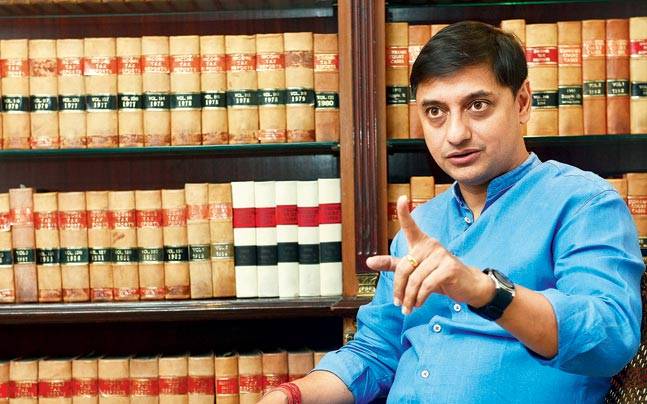
Bullish about Brand India
“By the end of this decade we can expect to bypass Germany and Japan to become the third largest economy in dollar terms. However, economic growth is not a birth-right, and it requires that we keep up this reform effort,” he points out while stating that maintaining macroeconomic stability is important, and we should be wary of wasting resources on unproductive freebies.
A man of many interests
Born in Kolkata, West Bengal in August 1970, Sanyal studied at St Xavier’s school and St James School. “From economics to natural sciences, genetics to history, from urban design to wildlife conservation, I have always had such eclectic interests and read widely,” says Sanyal, who was actively involved in inter-college debating and won several trophies.
The Nehruvian critic
An alumnus of Shri Ram College of Commerce, Delhi, Sanyal is vocal in his criticism of Nehruvian socialism. Pointing out the primary defects in the economic policies since independence, the master strategist feels that adoption of Nehruvian socialism as our economic model in the fifties was a big mistake.
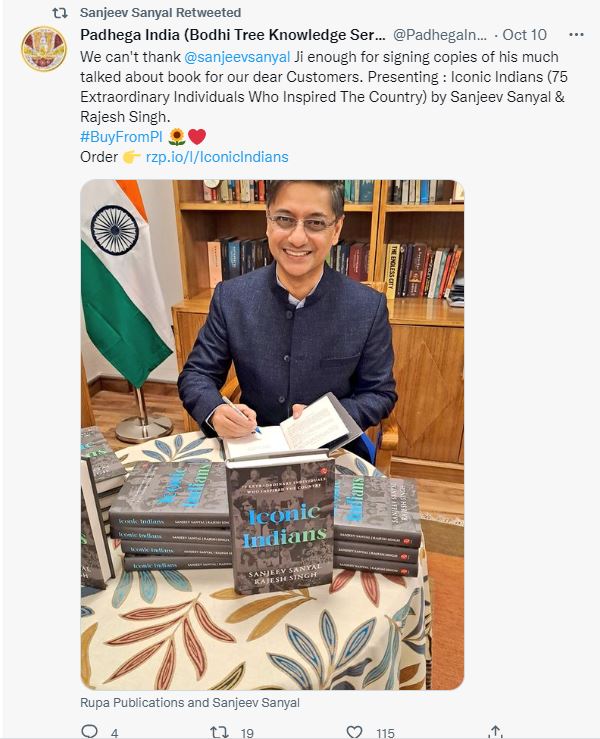
“It was a visible failure by the mid-sixties and yet we doubled down with bank nationalisation and ever higher tax rates. It created an inefficient, bureaucratic system that allowed rent-seeking and control by a tiny elite,” states Sanyal, who was named a Young Global Leader by the World Economic Forum in Davos in 2010. The resultant failure, he says, was dubbed the “Hindu rate of growth” — as if India had failed Nehru rather than the other way around.
As a result, he says, India’s share of world GDP continued to shrink till the nineties. “It is only in 2019-20 that we regained the share of the world economy as in 1947. Much of that inefficiency has been rectified through reforms since 1991, but we still need changes in major areas – judiciary and the administrative apparatus,” explains Sanyal, who was honoured as a Young Leader 2014 at the World Cities Summit by the Singapore government.
Rhodes scholar to working in financial economics
While in college, he was not especially concerned with history, except in a general sense. “It was later that I began to see a pattern in the way that Indian history was distorted by colonial and later Marxist historians,” says the 52-year-old, who obtained a Master’s degree from St Johns College, where he was a Rhodes scholar.
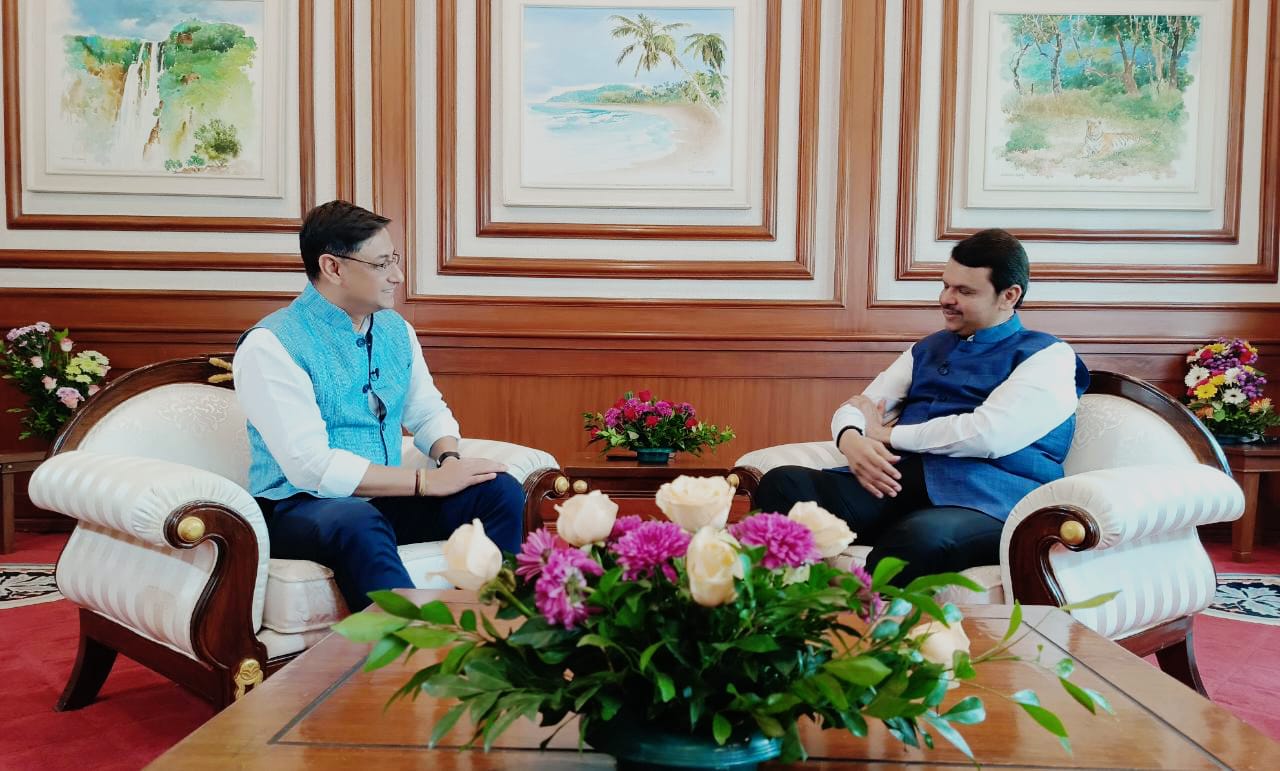
Sanyal began working in financial economics in the 1990s and went on to create the Green Indian States trust with environmental economist Pavan Sukhdev to promote sustainable development. He then worked at Deutsche bank as it’s global strategist and managing director until 2015. In 2008, he travelled all over the country with his family, which resulted in his book “Land of Seven Rivers.”
Principal Economic Advisor to PM Narendra Modi
What’s it like working with the Prime Minister Narendra Modi?
“He (PM Modi) is a very good listener, and always asks very probing questions. One has to really come prepared with all the research,” smiles Sanyal, who played a key role in preparing six editions of the Economic Survey of India, during his stint as Principal Economic Advisor to the union Finance Ministry between 2017 and 2022.
[caption id="attachment_31197" align="aligncenter" width="933"]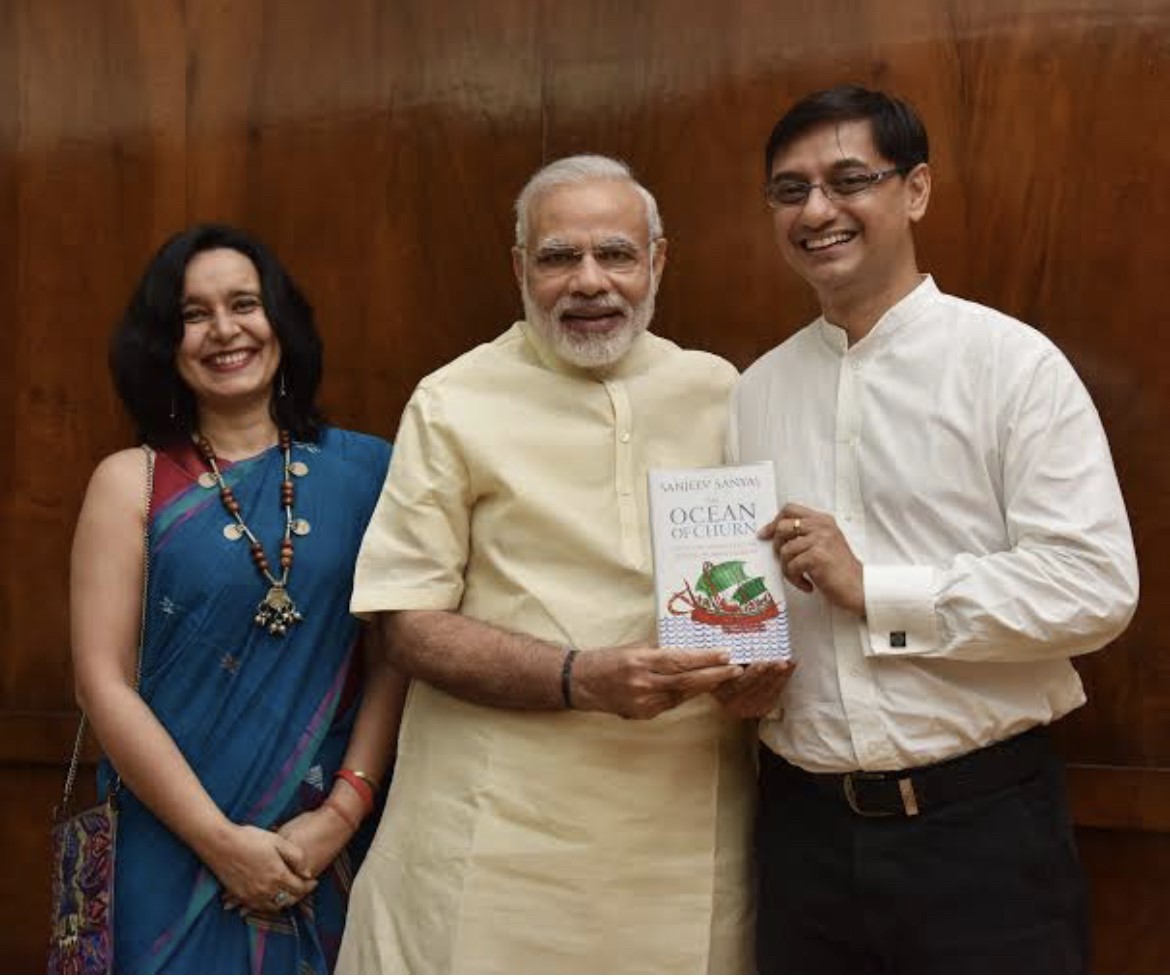 Sanjeev Sanyal with the Prime Minister of India[/caption]
Sanjeev Sanyal with the Prime Minister of India[/caption]
In February 2022, he was appointed as Member of Economic Advisory Council to the Prime Minister.“If the argument is based on solid grounds, there is a good chance that it will get the Prime Minister’s support even if it goes against his pre-existing views. This a big strength for any leader,” says the main architect of the G20 Global Action Plan.
The academician and the author
Sanyal is also a visiting scholar at Oxford University, Adjunct Fellow at the Institute of Policy studies, Singapore, Fellow of the Royal Geographical Sociery, London, Visiting Professor at Jawaharlal Nehru University, Delhi and a Senior Fellow of the World Wildlife Fund.
As we move from economics to books, the bestselling writer is upbeat about his just published book called Iconic Indians. “The book profiles 75 Indians who defined post-independence India,” says Sanyal, whose other bestselling books include — The Indian Renaissance: India's Rise after a Thousand Years of Decline (Penguin, 2015) and Land of The Seven Rivers: A Brief History of India's Geography (Penguin, 2013) — among others.
“I am now editing a book on the Revolutionaries and their role in the Independence Movement. Hope to have it out in early 2023,” informs the author, who won the first International Indian Achiever’s award for his contributions to literature in 2014. It is an award given to Indians who have excelled in different fields on the international stage. At Oxford he developed a love for old maps and cartography, an interest often reflected in his writings. After exploring Oman, Sri Lanka, Vietnam, Indonesia and Zanzibar and places up and down the Indian coastline, he wrote “The Ocean of Churn: How the Indian Ocean Shaped Human History.”
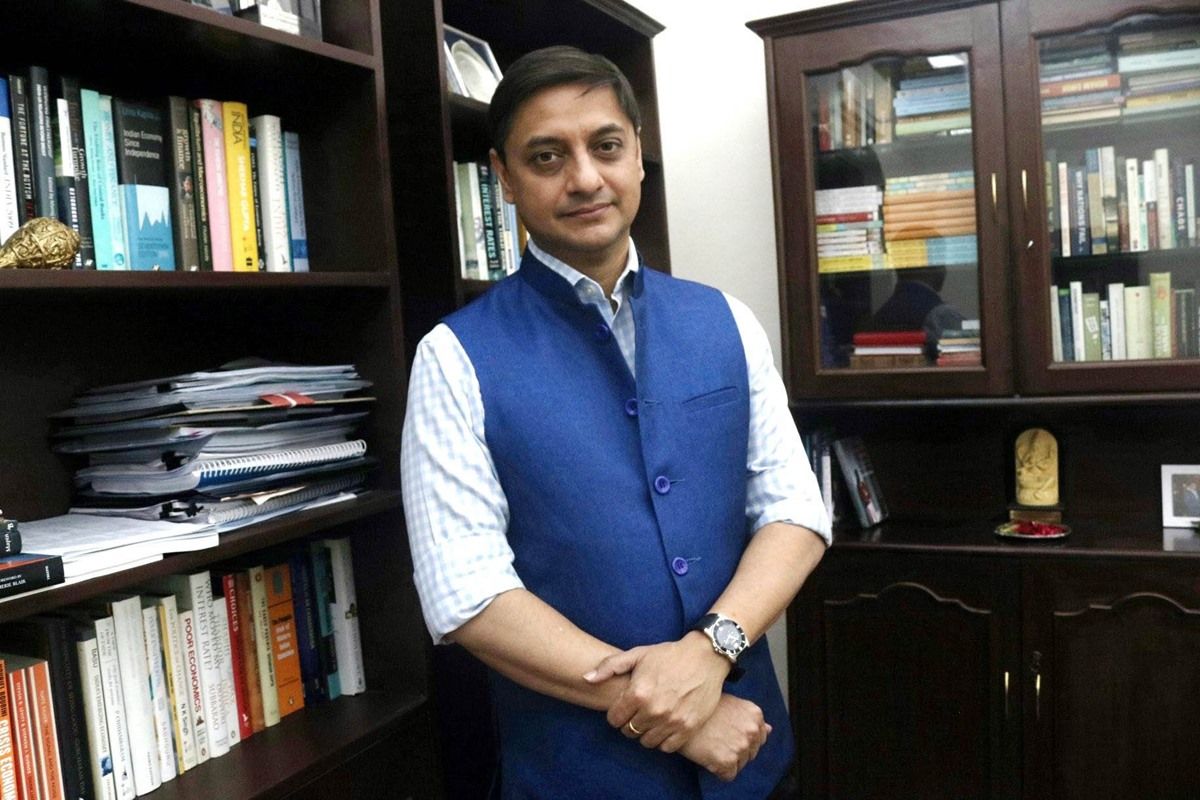
The acclaimed writer does extensive research. “Frankly, I like the research part much more than the writing part,” smiles Sanyal, who has also publishes hundreds of articles and columns in leading national and international publications.
Sanjeev Sanyal’s environmental work revolves around the economics of cities. He has been a strong advocate of including ‘walkability’ and organic evolution in cities. Recently, he was in Mumbai where he spoke of how the city would be completely transformed within 2-3 years, with 12 metro lines, a coastal road, a new International Airport and a trans-harbour bridge to name a few.
Sanyal at home
He’s quite the fitness freak, making time for the gym or a run. When he can, Sanyal also likes paragliding, whitewater kayaking and other adventure sports. “I also try to make time for family, friends and religious festivals. It is more about opportunistically using my time rather than slotted routine,” he informs.
Not many know that Sanyal holds a black belt in martial arts but is no longer able to keep up the training. “Hence, I have shifted to softer exercises like running, swimming or the gym. I try to go trekking in the hills a couple of times a year,” he signs out.
Books written by Sanjeev Sanyal:
- The Indian Renaissance: India's Rise After A Thousand Years of Decline, World Scientific, 2008.
- Land of the Seven Rivers: A Brief History of India's Geography, Penguin, 2013.
- The Incredible History of India's Geography, Penguin, 2015.
- The Ocean of Churn: How the Indian Ocean Shaped Human History, Penguin, 2017.
- Life over Two Beers and Other Stories, Penguin, 2018.
- India in the Age of Ideas: Select Writings, 2006-2018, Westland, 2018
Follow Sanjeev Sanyal on Twitter
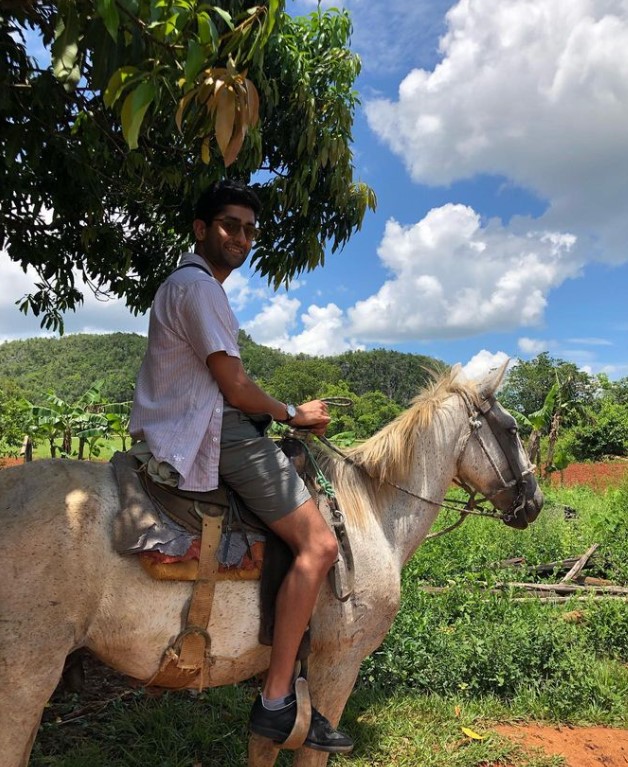
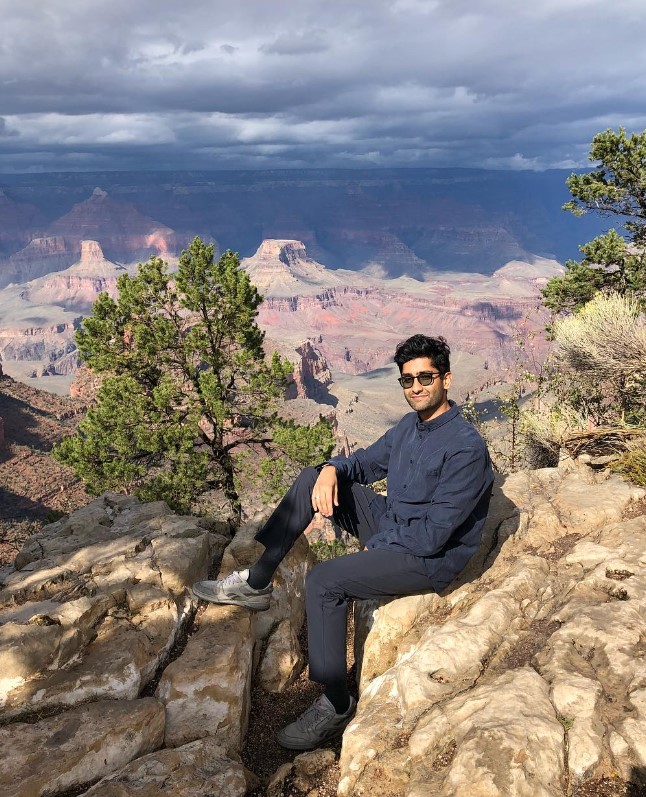



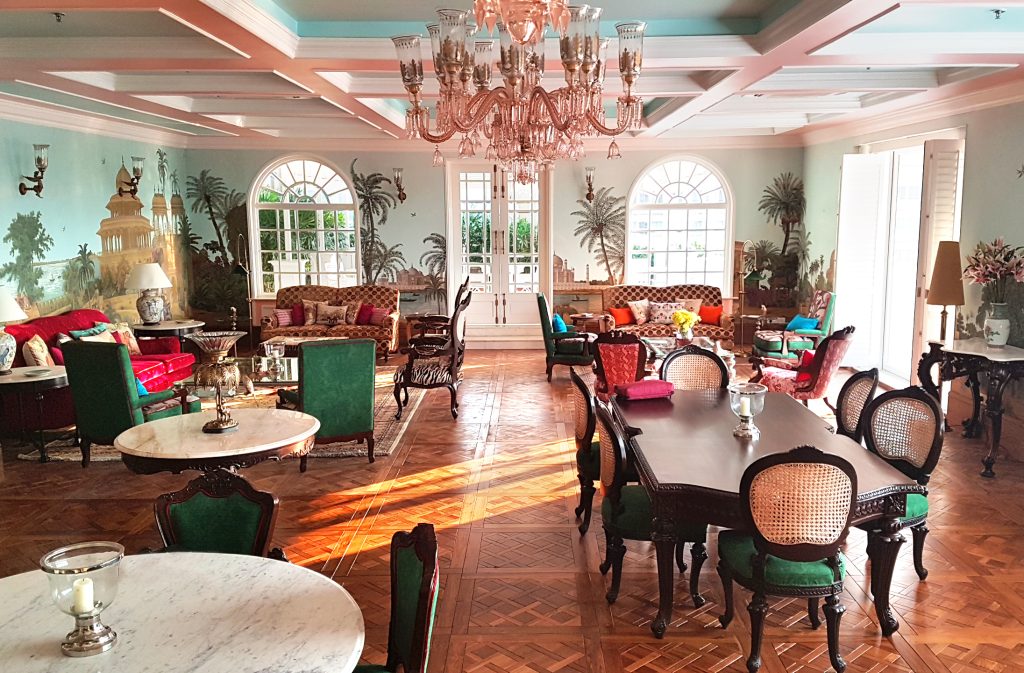
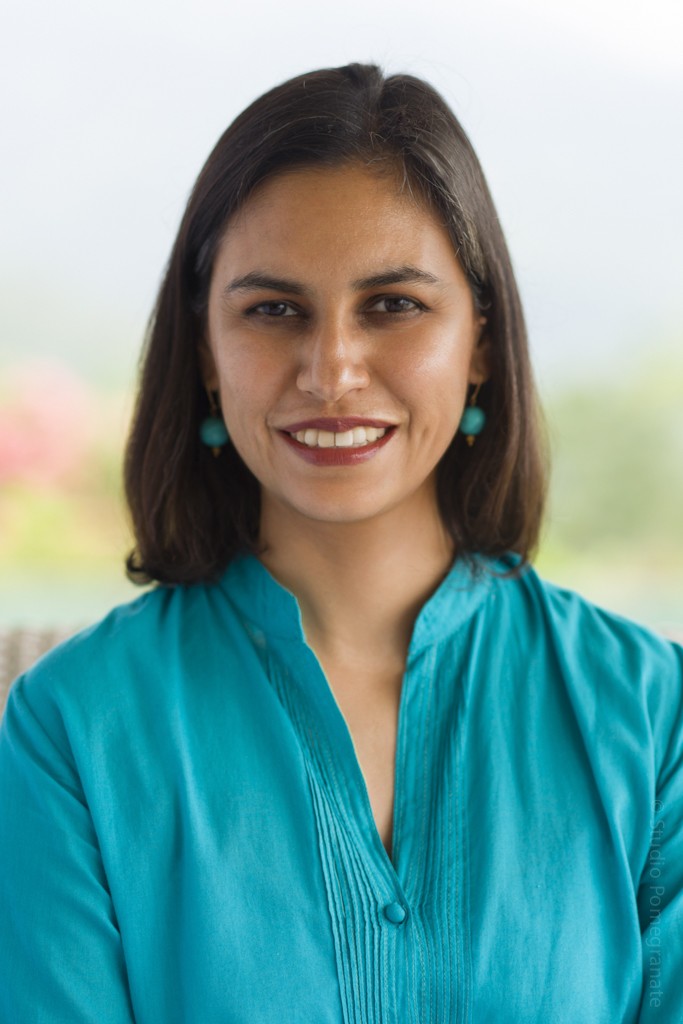


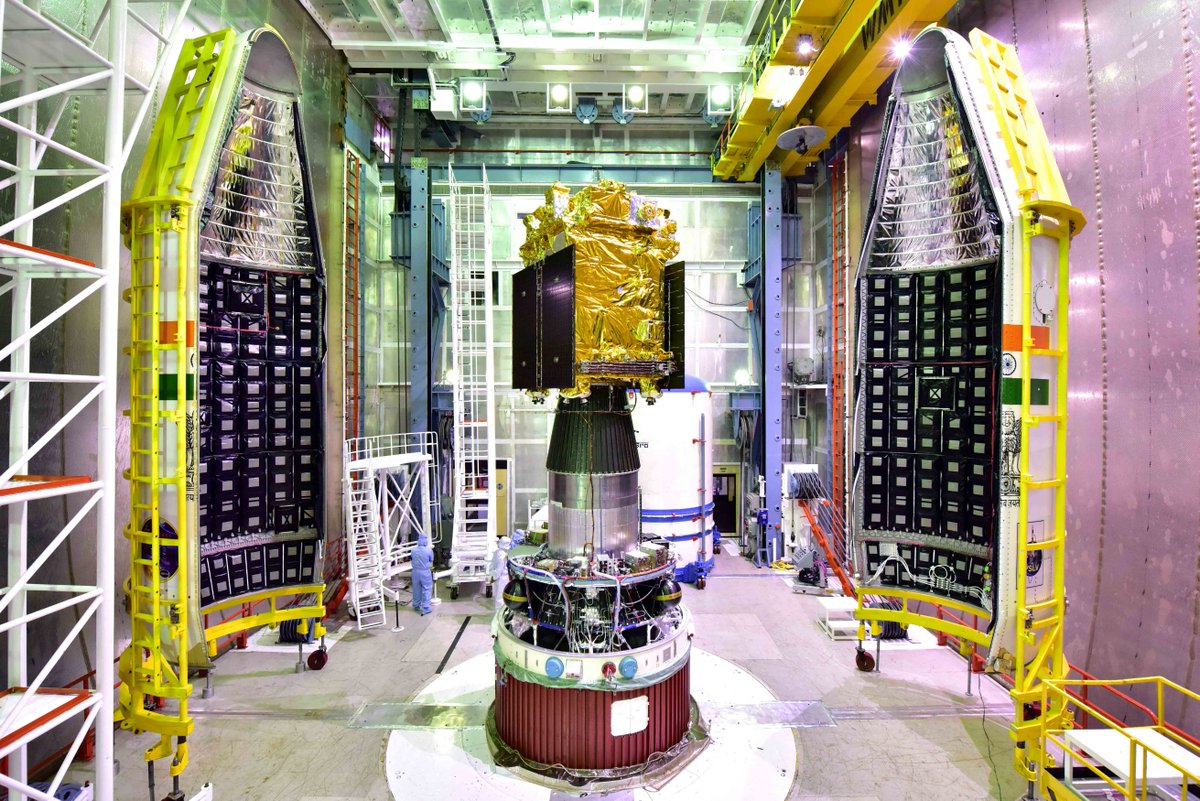 The Aditya-L1 spacecraft[/caption]
The Aditya-L1 spacecraft[/caption] The spacecraft will dwell at a point called L1, located about 1.5 million kilometers away from Earth[/caption]
The spacecraft will dwell at a point called L1, located about 1.5 million kilometers away from Earth[/caption]



 Sanjeev Sanyal with the Prime Minister of India[/caption]
Sanjeev Sanyal with the Prime Minister of India[/caption]

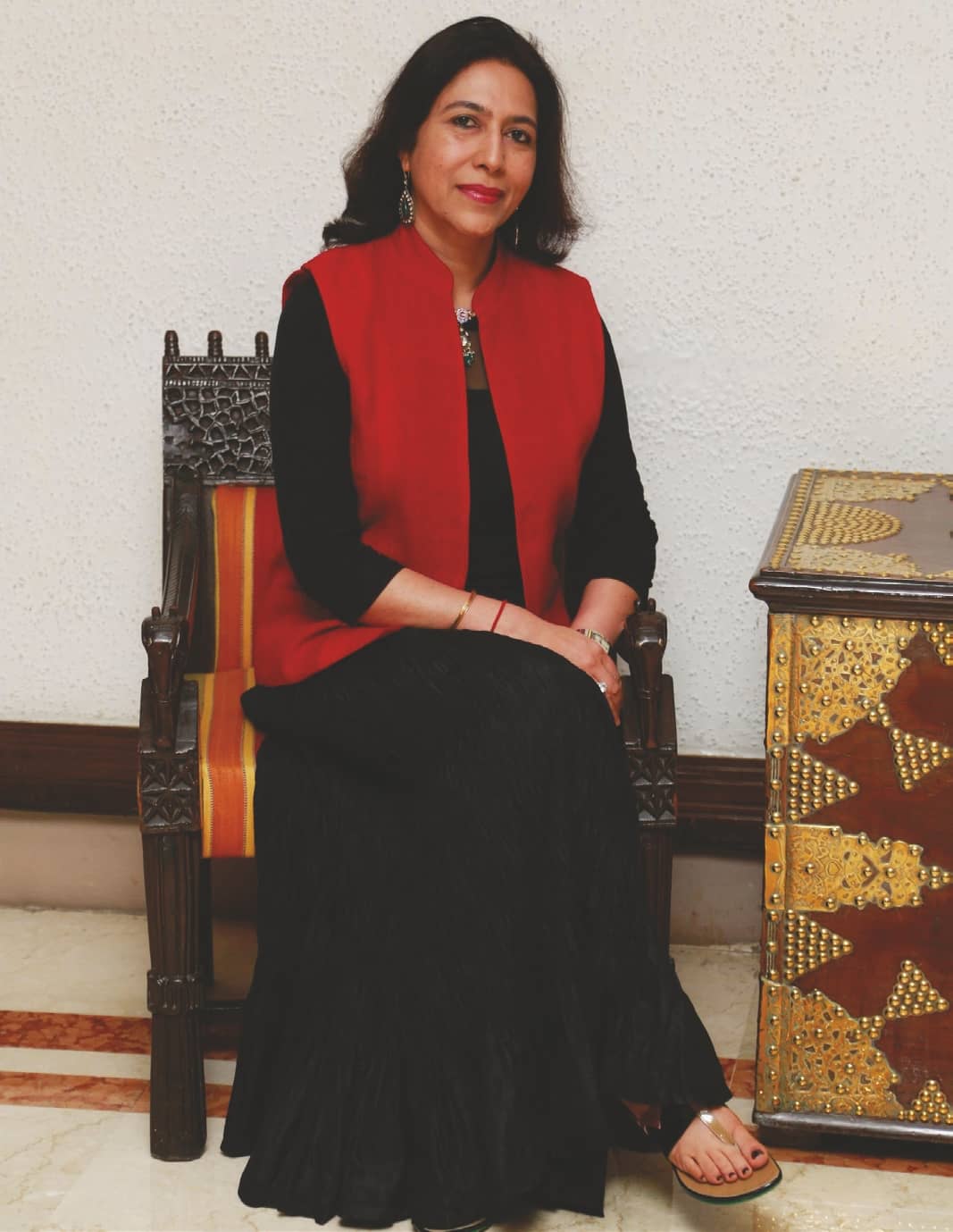
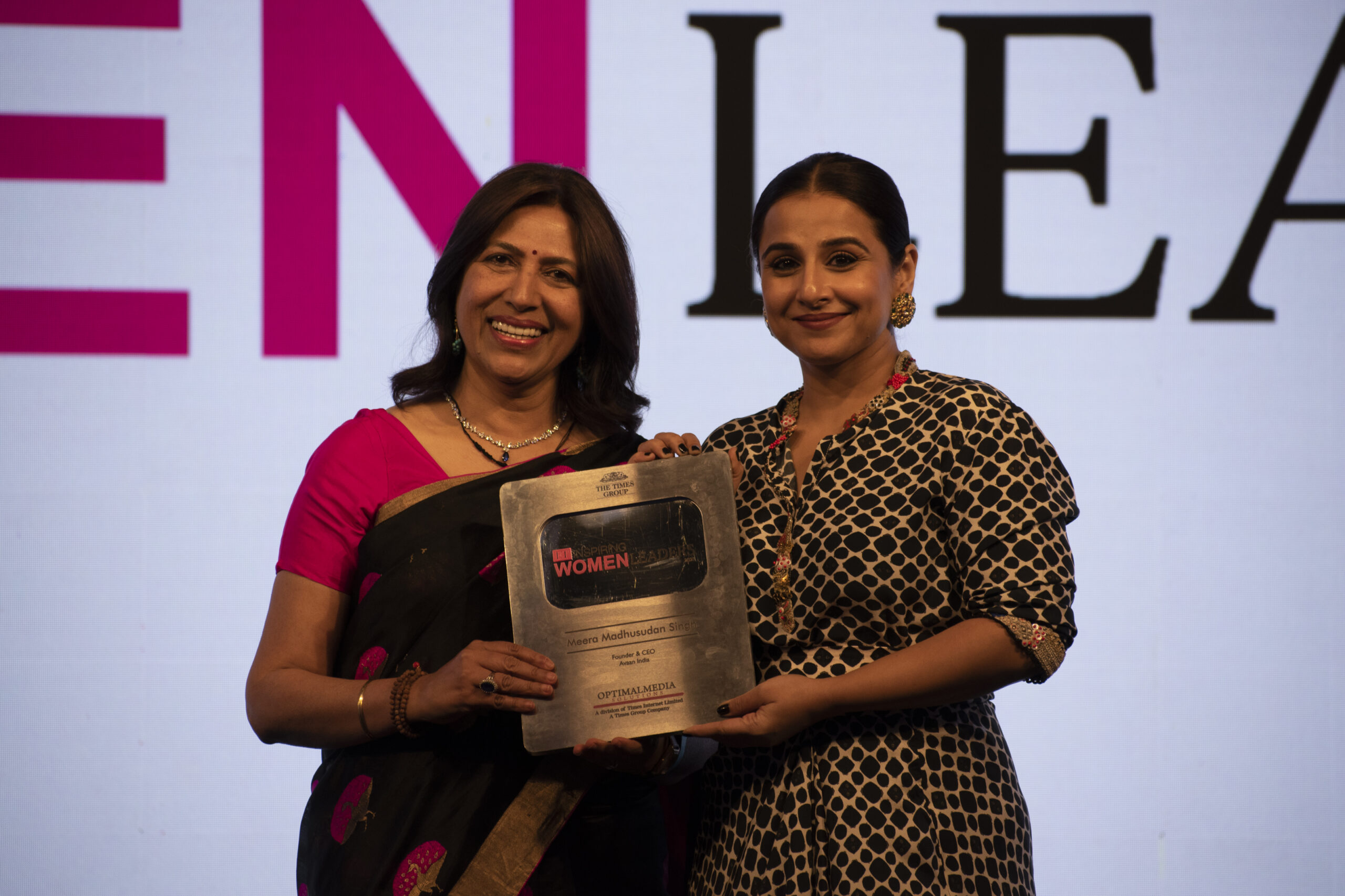

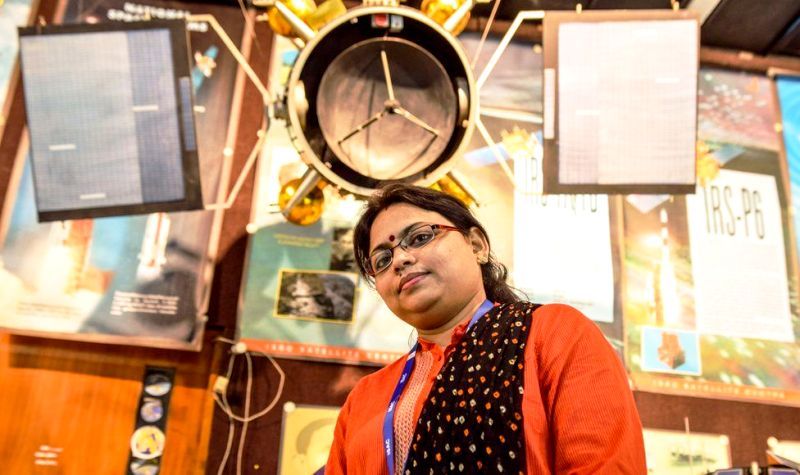 Ritu Karidhal Srivastava, mission director,
Ritu Karidhal Srivastava, mission director, 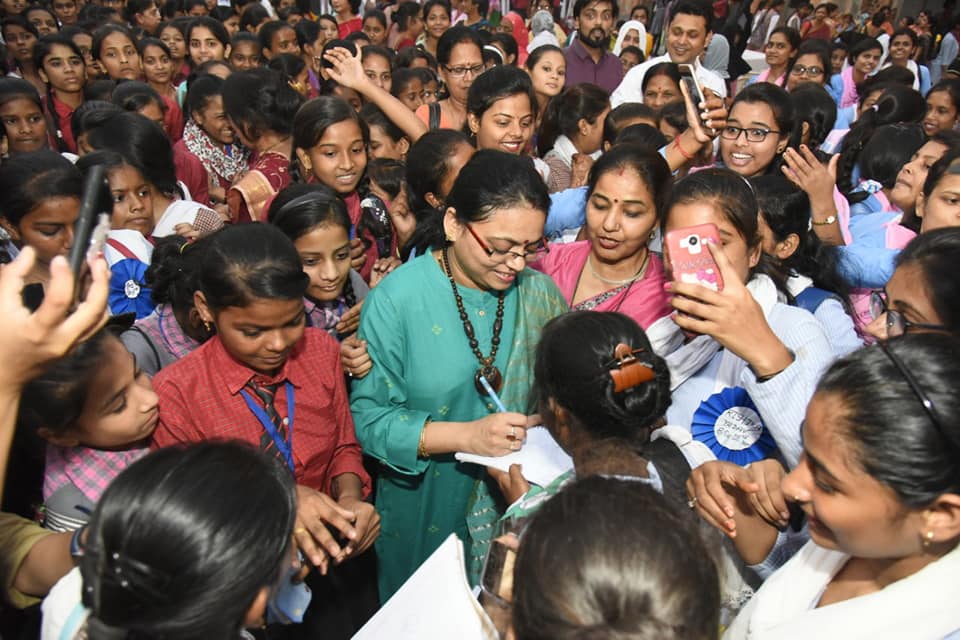 Ritu Karidhal at
Ritu Karidhal at 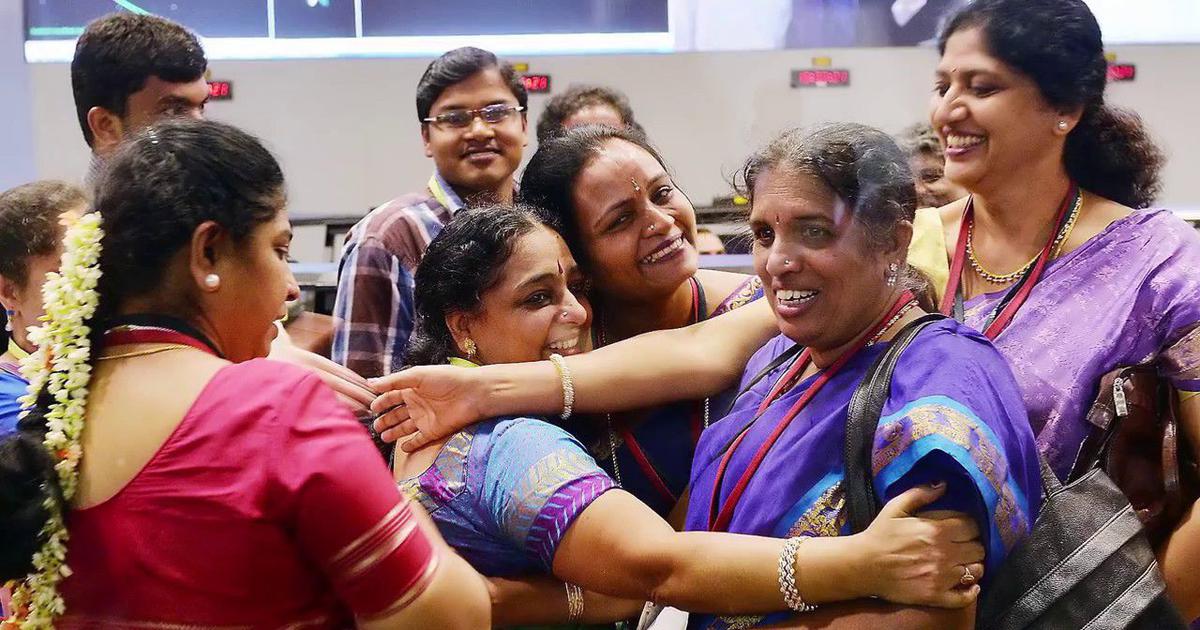 Jubiliant ISRO scientists after the success of Mars Orbiter Mission[/caption]
Jubiliant ISRO scientists after the success of Mars Orbiter Mission[/caption]